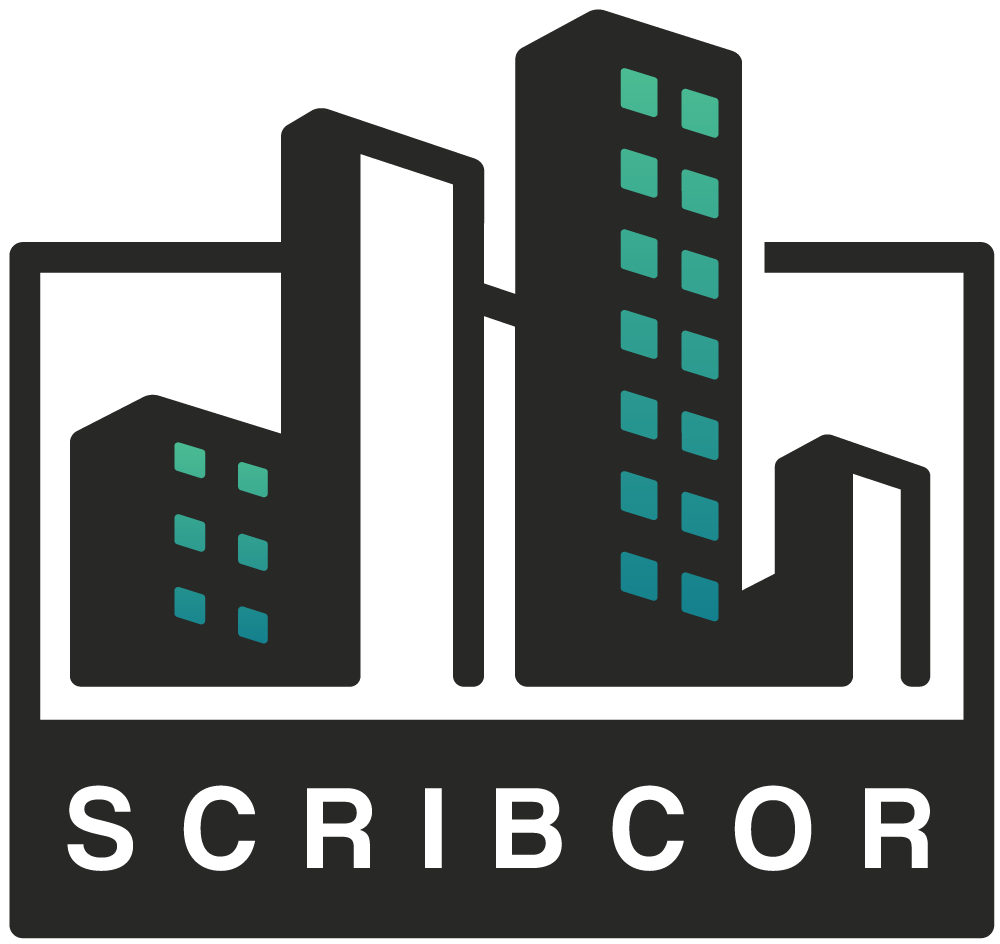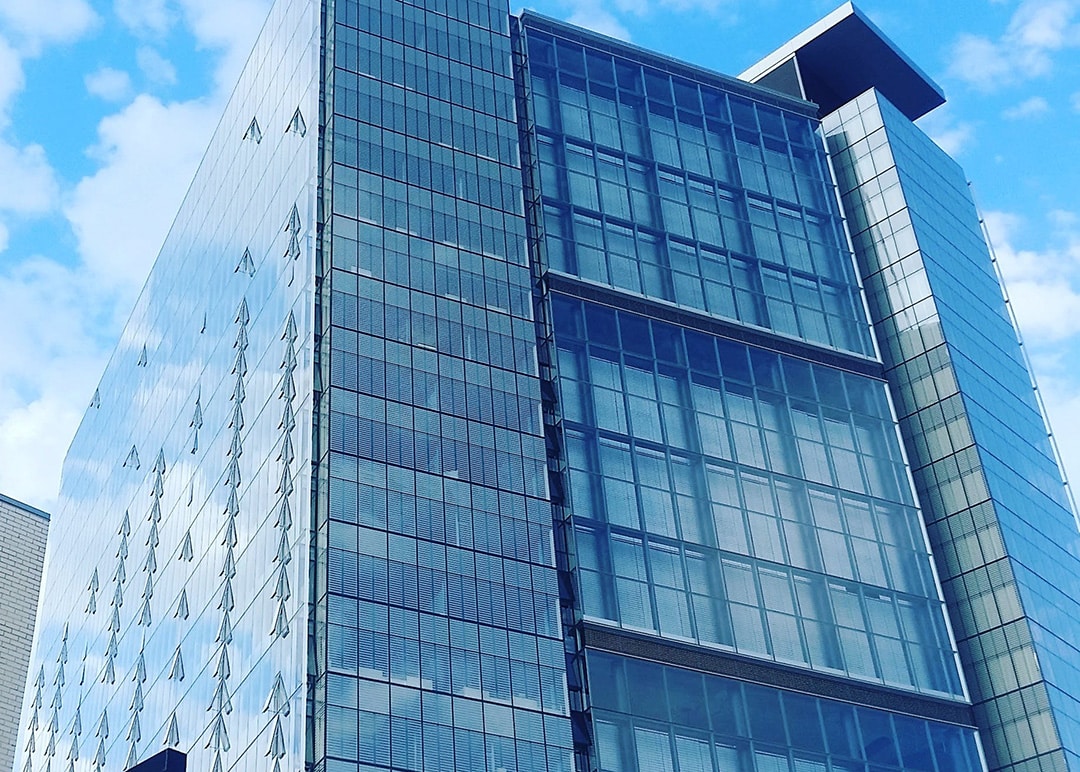Common area maintenance (CAM) reconciliations are processed by landlords throughout the year, but most often in the first half of each expense year. Some office leases have an amount relating to CAM built into their base rent charge, called a “base year.” This base year represents the actual amount of total common area expenses for a defined year, or financial period, such as a fiscal year or lease year.
Once base year expenses have been determined and CAM expenses reconciled, the landlord will issue the reconciliation. The landlord should issue this statement of expenses shortly after the end of the base year, but often your lease will define the amount of time a landlord has to issue the reconciliation. Let’s consider the following example:
Shortly after the close of the 2020 expense year, the tenant receives their reconciliation which details the total amount of CAM expenses for the 2020 base year. Let’s say the 2020 CAM expenses are calculated to be $30.00 per square foot. When the 2021 CAM reconciliation is issued in the early part of 2022, the tenant will have to pay any amount above the $30.00 per square foot. Should the 2021 CAM reconciliation show the expenses for that year are $32.50 per square foot, then the tenant will have to pay $2.50 per square foot in additional CAM expenses. This continues for the balance of the lease term, with the tenant obligated to pay amounts above the $30.00 per square foot for each remaining year of the lease.
Thus, base year expenses are a significant piece of each year’s reconciliation calculation. Since the tenant is responsible for their share of expenses exceeding the base year amount, base year expenses should be reviewed carefully each year to ensure the tenant is billed correctly. A few areas that should be reviewed are grossed-up expense calculations, deferred expenses, and service levels provided in the base and comparison years.
Grossed-up Expense Calculation
Some base year leases have a provision called a “Gross-up” clause. This allows a landlord to increase variable CAM expenses, or specific defined CAM expenses, based on your lease language, so that they reflect the expenses of a more fully occupied building. The gross up calculation also allows the landlord to fairly recover the variable expenses from those tenants consuming those services, without reducing recoveries of variable expenses due to vacancy. The idea is that, should a tenant move into a building with a high vacancy rate, the expenses for certain categories – utilities, janitorial services, and others – would be deceptively low. This allows the base year number to be increased to reflect a more accurate expense total. One note of caution regarding 2020 and 2021 – grossed up expenses for these years may be skewed since many buildings were leased, but physical occupancy was low. Please see our CAM article which highlights how the pandemic may have affected several key expense categories.
The gross-up calculation can be challenging to review since landlord calculation methodologies differ. With regard to a number of expense categories, some landlords may increase the total expense number. However, with other categories, there may be a fixed component that does not vary with building occupancy. This would apply to expenses such as common area lighting or HVAC where these costs will be incurred no matter if the building is occupied 100% or if it is only occupied 40%. The percentage for this fixed component can vary, depending on the building and expense category. As an example, if 80% of a building is occupied and the expense for electricity is $100,000, with a fixed component at 25%, then the grossed up electric cost would be:
Actual Electric: $100,000
Fixed Component at 25%: $25,000
Variable Component: $75,000
Actual Occupancy %: 80%
Variable Grossed up to 95%: $89,063
Add Fixed Component: $25,000
Total Grossed Up Amount: $114,063
However, if a landlord grossed-up the expenses without the fixed component, the number would reflect:
Actual Electric: $100,000
Actual Occupancy %: 80%
Grossed Up to 95% Occupancy: $118,750
Now, this does appear as if the number would be more favorable to the tenant in the base year since the base year expense is larger. However, if the electric expense increases dramatically in future years, not accounting for the fixed component causes the tenant to pay more than they should. This would favor the landlord and not the tenant in the long run.
Deferred Expenses
There are times when landlords will spend a great deal of money fixing up a property: painting, decorative lobby updates, heavy maintenance that doesn’t qualify as a capital repair, and exterior maintenance which makes a significant difference in the appearance and appeal of the building. On occasion, a landlord will schedule work to be completed in one year, but, for some reason, the work was delayed and moved to the next year. If charges of this type were intended to occur during your base year, but are delayed to the following year, these costs would increase your expenses during your second year when they should have been included with your base year. Should a scenario like this affect your base year numbers, you will need to discuss the situation with your landlord in order to have a comparable base year amount.
A tenant can contest deferred expenses by requiring a landlord to make all expenses within each category consistent year-over-year. However, this cannot be done without a thorough look into the landlord’s books to see what expenses have been charged in this year versus prior years. Having good audit rights in your lease can assist with reviewing and adjusting the base year amount to account for future deferred expenses.
Comparing Service Levels with the Base Year
Property management, maintenance, and service for a building are ever evolving. Some events, such as new construction, ownership changes, bankruptcies, and others, could affect expense levels. Understanding how these events impact the expenses is critical when evaluating base year expenses. In an example of a newly constructed building, building services and general maintenance will be needed, but warranties will help offset those costs in the initial years. However, as time goes on, service levels change and more substantial maintenance will be needed, increasing costs more dramatically than in the initial few years of a new building. Whether a building is new or as it ages, the original base year charges could require a review in future years so the amounts are truly comparable.
Let’s say your base year is 2020 and a security team of 10 people is needed at the property, but over time, this security team is increased to 14 people due to issues requiring additional team members. For your 2020 base year number to be consistent with the comparison year, it should also reflect a security team of 14 people so that the comparison of service levels is the same.
In another example, let’s say a new outdoor patio area is added to the exterior of the building and opens for building tenants to use effective January 2021. The construction of this new common area would be a capital cost and should not be included in CAM expenses during the build-out, but the ongoing maintenance of the patio area (cleaning, landscaping, trash removal, etc.) would be included in the 2021 expenses going forward. The base year expenses for years before 2021 would not include these additional charges as the patio did not exist at that time. The affected base years’ expenses should be revised to allow for the initial year of maintenance and services to also be included so the services for the two years are comparable.
Base year expense costs are important for any tenant, not only in their base year, but throughout the term of their lease. Making sure all calculations for grossed-up expenses are correctly applied for each CAM reconciliation as well as making sure deferred expenses and service levels are reviewed and appropriately included in the base year number can result in significant cost savings for a tenant. Please keep in mind the importance of following the terms of your lease throughout your CAM reconciliation and base year review.
If you would like to ensure you are not overpaying your lease obligations, we can help! Scribcor Global Lease Administration has an experienced lease audit team that is trained for complex lease issues, and who can assist with your CAM reconciliation review. Our services range from a desktop audit to a full on-site review of a landlord’s books and records. If you’re uncertain where to begin with reviewing your base year numbers, contact us today to talk about how Scribcor can help!


